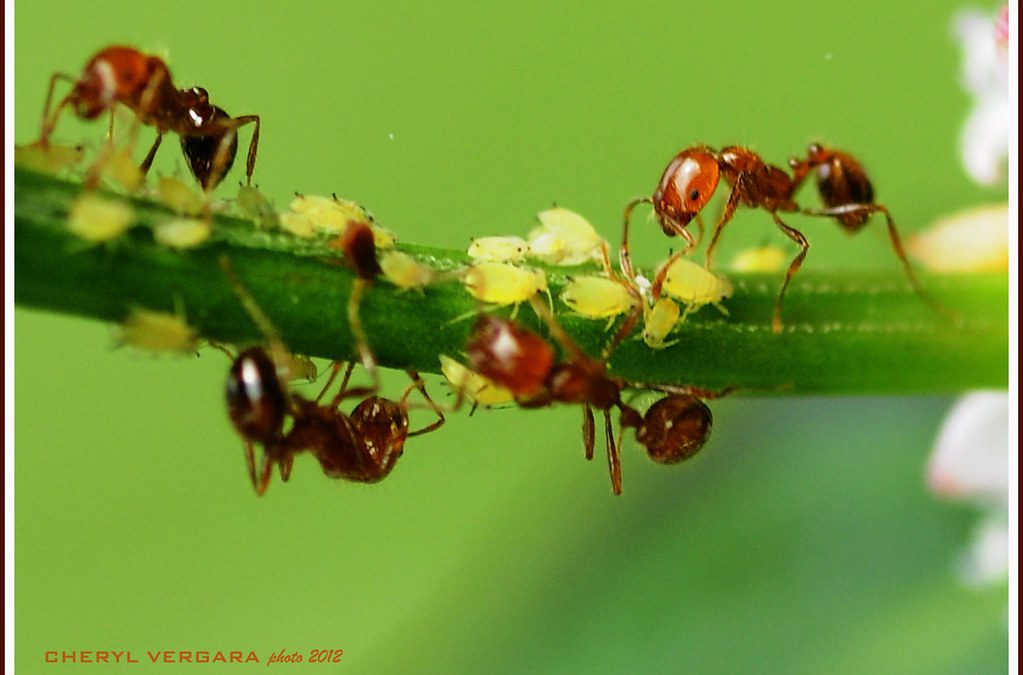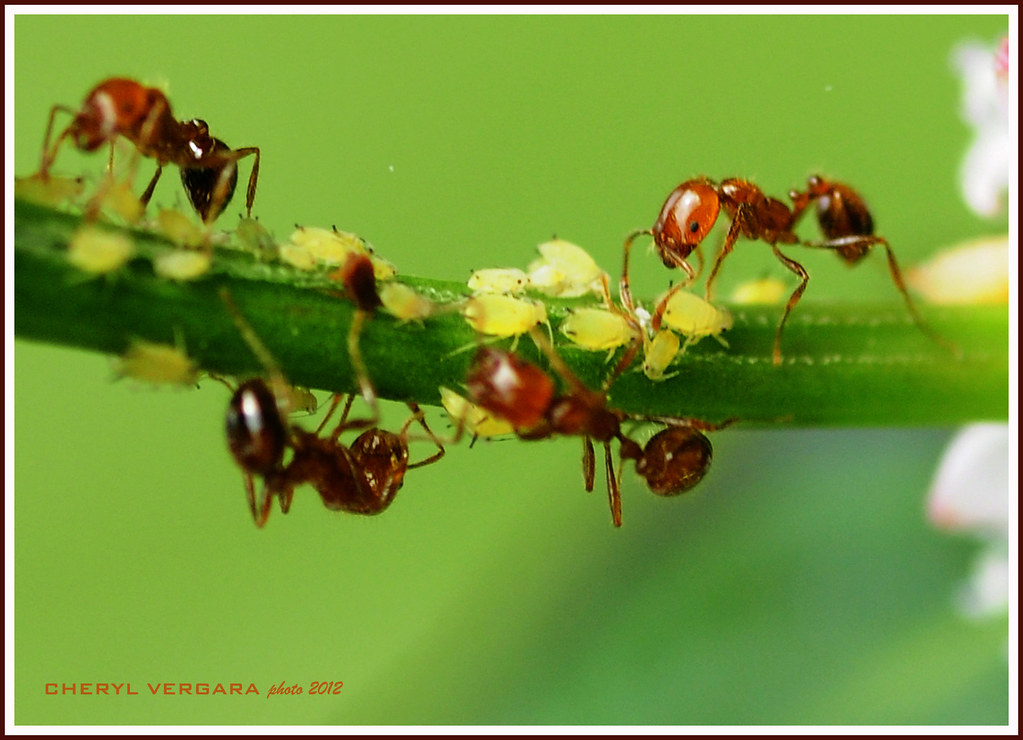
“Symbiotic Serenity: Ant-Aphid Farming Dynamics”
Why is ant taking over my plants?

Welcome to the world of symbiotic serenity, where ants and aphids work in harmony to create a thriving ecosystem. Ants farming aphids is a fascinating phenomenon in nature, where ants tend to aphids, protecting and nurturing them like precious livestock, while aphids provide the ants with a sweet and nutritious honeydew secretion.
The relationship between ants and aphids is complex and benefits both parties. Aphids, which are soft-bodied sucking insects that feed on plant sap, secreting honeydew – a sugary secretion that aphids produce as waste from their sap consumption. This sweet substance is highly attractive to ants, who actively tend to aphids in order to obtain honeydew as a food source.
One of the most fascinating aspects of ant farming aphids is the behavior exhibited by ants when caring and protecting aphids. Ants are known to carefully tend to aphids, often referred to as “herding”. In doing so, they stroke the aphids with their antennae, stimulating them to release honeydew. Ants then collect and consume this honeydew, which serves as a valuable source of nutrition for them.
Aphids also benefit from this mutualistic partnership by relying on ants for protection from predators such as ladybugs, lacewings, and other aphid predators. In the presence of ants, aphids are less likely to be attacked by natural enemies, which allows them to feed and reproduce more freely. In addition, ants can transport aphids to new feeding sites, which helps aphids access fresh sources of sap.
However, this mutualistic relationship between ants and aphids can also pose problems for gardeners and homeowners. When ants protect aphids from natural enemies, this can result in increased aphid populations and plant damage. Therefore, it is important to control ant farming of aphids in order to manage aphid infestations effectively.
There are several methods gardeners/homeowners can use to manage ant farming of aphids:
- Early detection is key. Regularly check for aphids at least twice a week while plants are growing rapidly.
- Utilize natural enemies of aphids such as parasitic wasps, lady beetles, lacewing larvae, soldier beetles, and syrphid fly larvae. These insects can help keep aphid populations at an acceptable threshold.
- Ant management is crucial. A band of sticky material can be wrapped around the trunk to prevent ants from reaching the aphids.
- Prune and dispose of infested branches.
- Insecticidal soaps and oils can be used to suffocate aphids. However, these products only kill aphids on contact. Other synthetic insecticides like malathion, permethrin, etc. are alternatives that can control aphids, but they may harm natural enemies and pollinators such as bees.
*Important to note, follow all manufacturers instruction when using chemical products.
In conclusion, ants farming aphids is a captivating example of mutualistic interactions in nature and serve as a compelling reminder of the wonders and intricacies of the natural world.
Aphids on Plants and their Management – UF/IFAS Extension St. Lucie County (ufl.edu)

